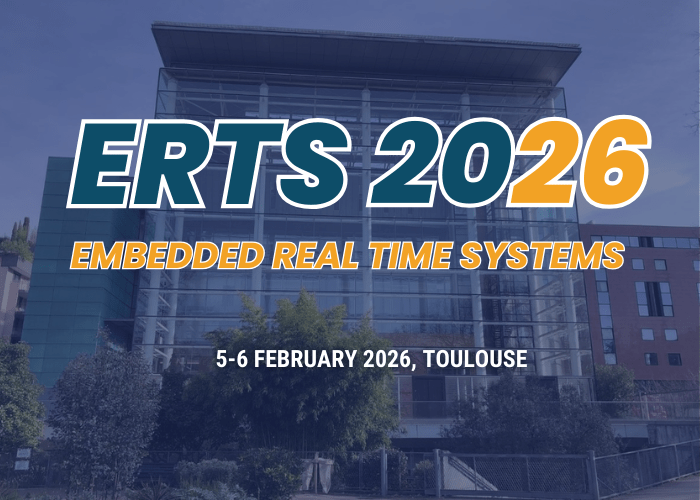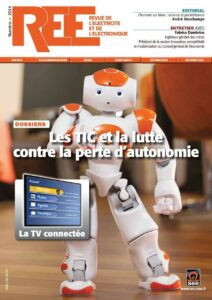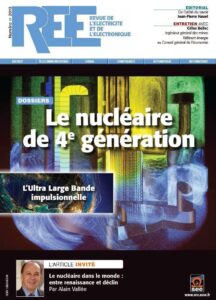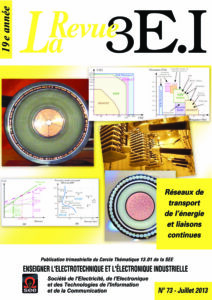ERTS 2026
📍 Lieu : Pierre Baudis Convention Center, Toulouse📅 Dates : 5-6 février 2026 The ERTS conference is a unique biennial…
Lire la suite
10° Journées d’études – Electromagnétisme et Guerre Electronique
ONERA & ISAE-SUPAERO, Toulouse, France 2 au 4 juin 2026 La contribution de l’électromagnétisme à la détection radar via les…
Lire la suite
Dernières Publications
Derniers articles
DOSSIER – TECHNOLOGIES QUANTIQUES
Oubliez les bits 0 et 1 : l’ère du bit quantique (le qubit) a sonné. Cent ans après la première révolution quantique, la seconde déverrouille des capacités de calcul inédites pour certains problèmes complexes. Calculs super-polynomiaux, communications inviolables, détections de signaux plus précises : bienvenue dans le monde fascinant de l’Information quantique !
DOSSIER – Introduction : Les bits classiques deviennent quantiques. Pourquoi faire ?
Oubliez les bits 0 et 1 : l’ère du bit quantique (le qubit) a sonné. Cent ans après la première révolution quantique, la seconde déverrouille des capacités de calcul inédites pour certains problèmes complexes. Calculs super-polynomiaux, communications inviolables, détections de signaux plus précises : bienvenue dans le monde fascinant de l’Information quantique !
DOSSIER – Le calcul quantique et sa suprématie tant attendue
Avec les ordinateurs quantiques bruyants à échelle intermédiaire (NISQ) d’aujourd’hui, et les ordinateurs quantiques tolérants aux pannes (FTQC) de demain, quels types de calcul quantique seront possibles ? Démontrent-ils déjà l’existence d’une suprématie quantique ?









